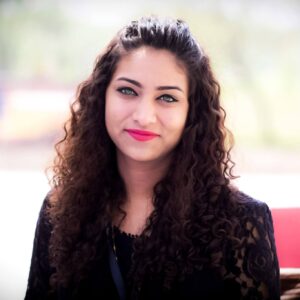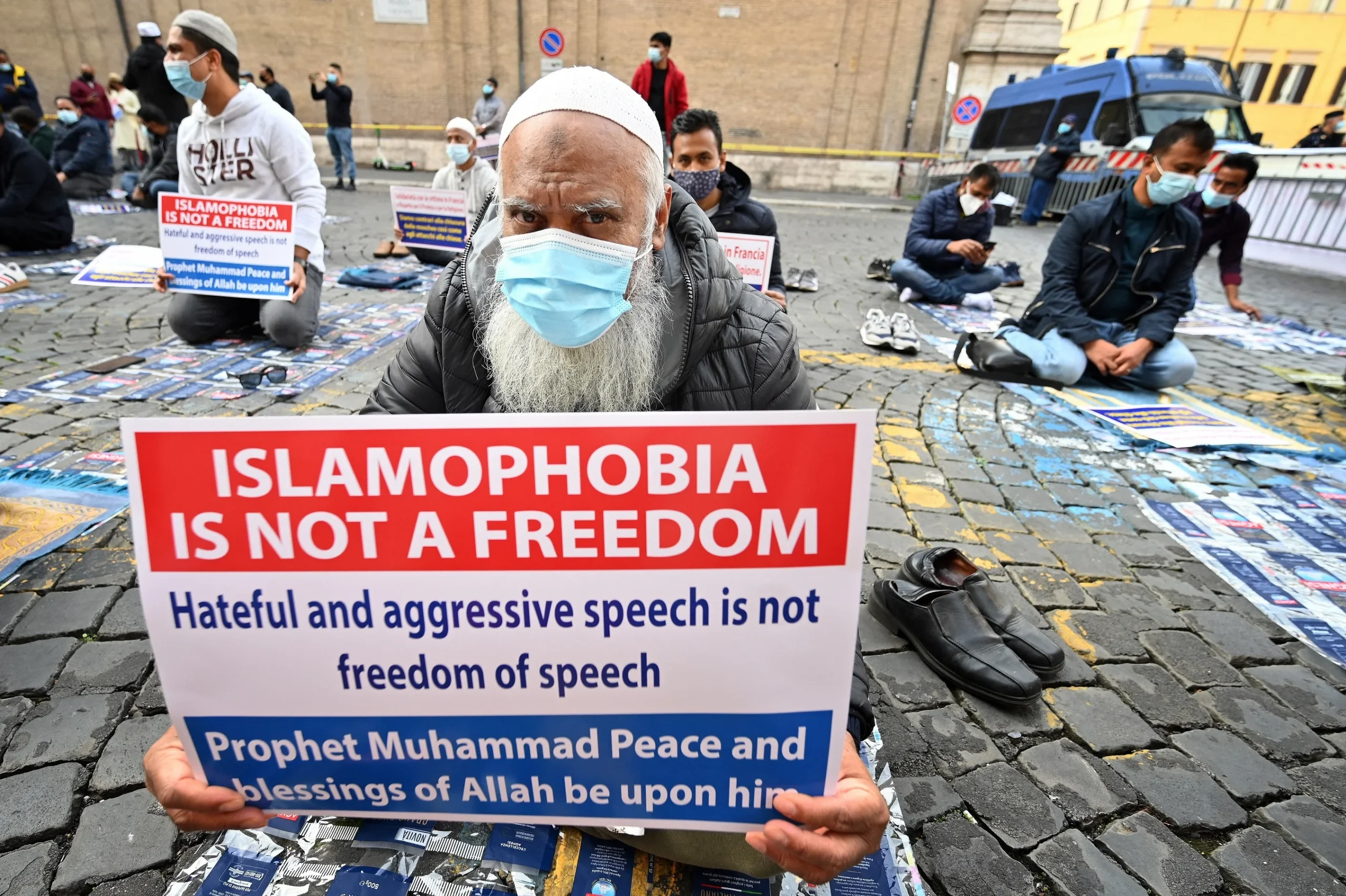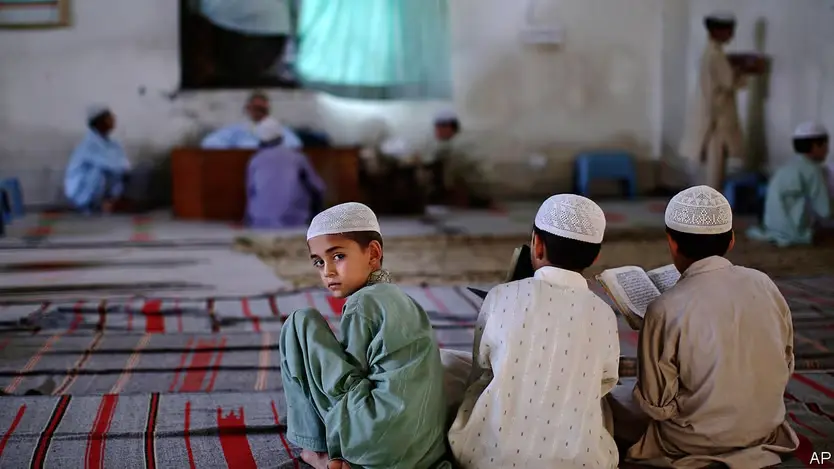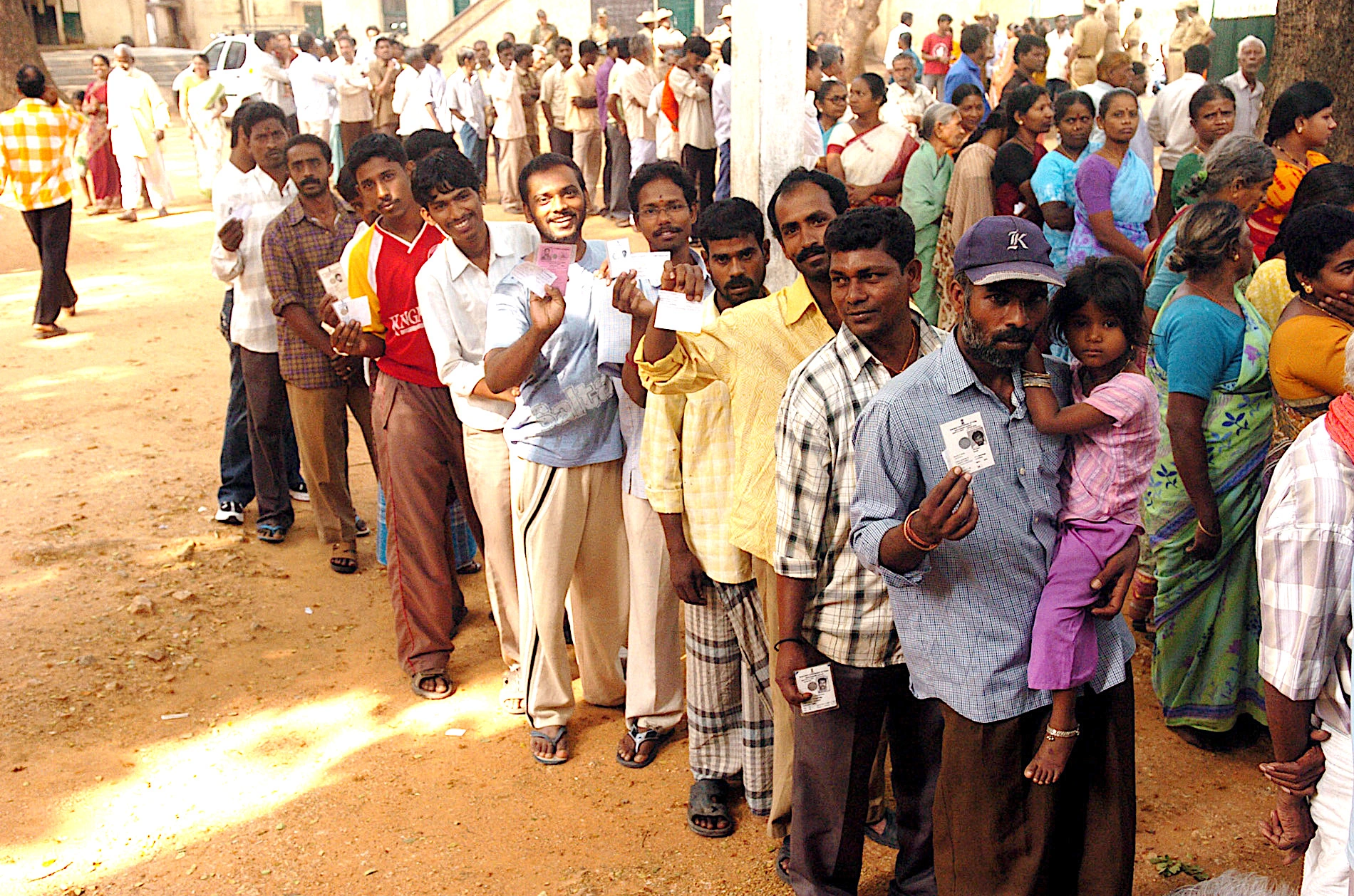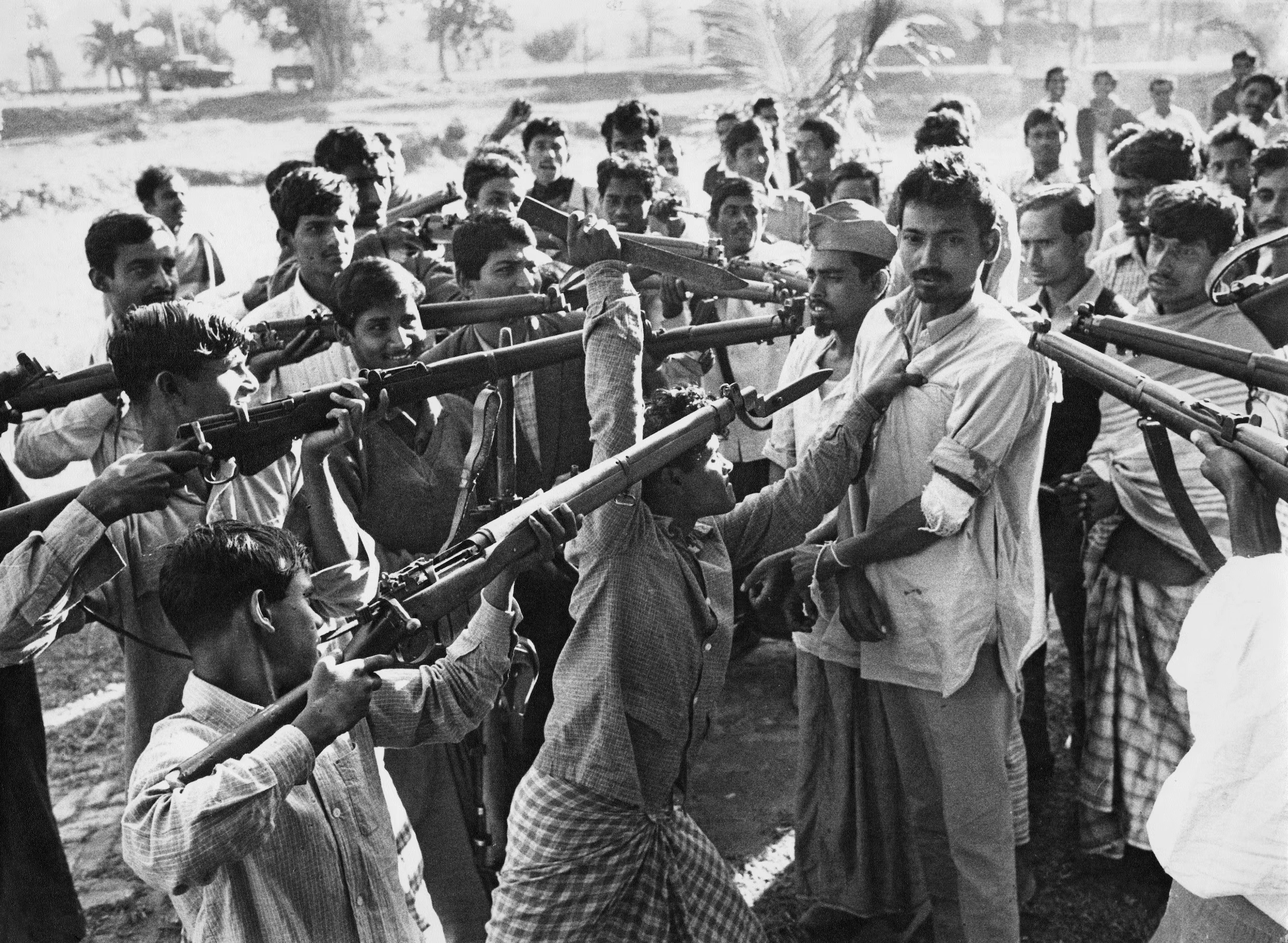The auspicious days of 14th August and 15th August 2020 bring forth the 73rd year of Independence of South Asia\’s largest countries. From neighbours to rivals, let us take a detailed look at where Pakistan and India stand today. What have they achieved in 73 years and where will their future trajectories lead them. In a comprehensive feature report, team SAT brings you an in-depth analysis between the two Asian rivals. In the paradigms of governance & politics, security & diplomacy, economy, and technology.
Governance and Politics
Today, India has 28 states, 9 union territories while Pakistan has 4 provinces and 2 Pakistan-administered areas. India’s capital, Delhi, is an age-old city, whereas Pakistan chose to build a new capital, Islamabad. If we talk about legal systems, India’s legal system is based on the English model, and separate law codes apply to Hindus, Muslims and Christians. Pakistan’s legislative system, although adopted from the British, has an amount of influence from Shariah, Islamic jurisprudence and code of conduct.
Pakistan
Pakistan has had free and open elections since 2008. The 2013 political elections were a peaceful shift in the federal government indicating a hint of democratic strengthening. Ex-PM Nawaz Sharif’s dismissal by the Supreme Court, followed by corruption charges, affirmed the legitimacy of Pakistan’s institutions.
The past struggles with democracy, Pakistan now avails democracy free play through fair and free elections. Pakistan is its nation now with pace in democracy. For the first time in history, Pakistan went through the exchange of power, three times in a row via a ballot box without a coup.
India
In India, democracy standards have been descending. Hindu Nationalist Bharatiya Janata Party (BJP) won 2014 general elections headed by Narinder Modi. Since taking lead, BJP not only engrossed over economic development but also revealing the Hindu nationalist agenda. Implementing bans on beef, discrimination against Muslims, removing article 370 of the constitution, or intolerance towards perspectives criticizing governments take over Kashmir as “anti-national” confronts the basis of Indian liberal democracy.
The contemporary Hindu Nationalist policy may dare Indian democracy a great challenge.
Security and diplomacy
India
India has expanded its military expenditure under BJP led government and is now the third-largest country of the world in terms of military expenditure after America and China. According to Sipri India spent $71 Billion, While Pakistan spent $10.3 billion that’s 3.4% of its GDP.
Pakistan
Right after independence, Pakistan joined American block and India joined those days Soviet block. These associations stayed. Post-war on terror era, Pakistan’s increasing cooperation with China, and then start of China’s landmark one belt one road initiative changed global bonding. India tilted towards America and Pakistan signed many agreements in economic and defence domains with China.
Pakistan successfully came back on the world stage with its role as the main facilitator in the US Taliban peace deal, a mediator between Iran and Saudi Arabia, Exposed Indian brutalities in illegally Indian occupied Jammu and Kashmir. Pakistan has also restored military balance in the region by its Quid Pro Quo Plus policy and stopped India to create a new normal in the region.
Other countries including Iran, Afghanistan, Bangladesh, and Turkey wished to join OBOR which will result in a golden circle starting from China than Pakistan and Iran connecting Afghanistan and Turkey and at the end Russia. This would be the start of a new economic block that India is not part of.
Technology
India realised the untapped potential of their IT industry decades before Pakistan had a chance to. This has given them a first mover\’s advantage over many aspects of the field. For example, the engineering talent pool that India\’s skilled labour provides the worlds top companies. Moreover, their growing and stable economy has attracted much foreign investment in the field of IT, over the last few years. Most notable of which can be the fact that Amazon runs its services there but is yet to develop a partnership of that sort with India.
India
Furthermore, the government of India also takes an active and keen interest in the sector. Whereupon it spends a significant amount of money on it and guarantees trade agreements and foreign partnerships. Similarly, a lot of there success in the field is fuelled by Indian alumni working overseas. Having established themselves in enviable executive positions — the CEOs of Google, Microsoft and Adobe are all of Indian origin. Something Pakistan can still not claim to compete with.
Pakistan
Economy
Pakistan with a population of 216,565,318 million (2019), produced a GDP of US $278.222 billion (2019). India with a population of 1.366 billion (2019), yielded a GDP of US $2.875 trillion (2019).
Similarly, for 2019, the Annual GDP growth for Pakistan stood at 1.9%. While for India 4.2% GDP growth was recorded in the pre-pandemic period. According to IMF estimate, for Pakistan, the net lending/borrowing accounted for -8.848% of GDP. For India, the statistic was -7.442 %.
Percentage change in inflation, based on average consumer prices, was recorded to be 6.738% for Pakistan. For India, the change was 4.536%. The current account balance (percentage of GDP) for Pakistan was estimated to be -4.955. For India, the balance was recorded as -1.126%.
Competitiveness Rank-Asia
World economic forum has invented a new methodology to access a total of 141 economies with special emphasis on the role of human capital, innovation, resilience, and agility. Given below in the image, are the twelve pillars of development the countries are ranked for. India is overall ranked 68th in position out of a total of 141 economies in terms of the degree of competitiveness.
Pakistan ranks110th among 141 countries in global competitiveness.
Additionally, estimates for global health indicators reflect that 4.47% of Pakistan’s total population spend on health. This is greater than 10% of their total household income. The estimate is 17.33% for India.

